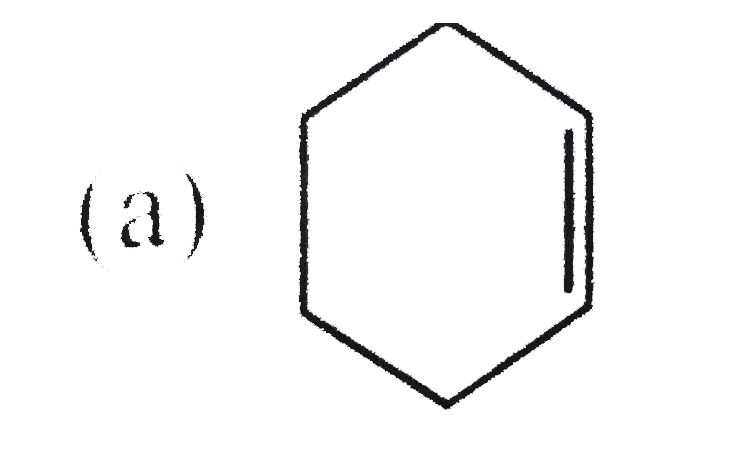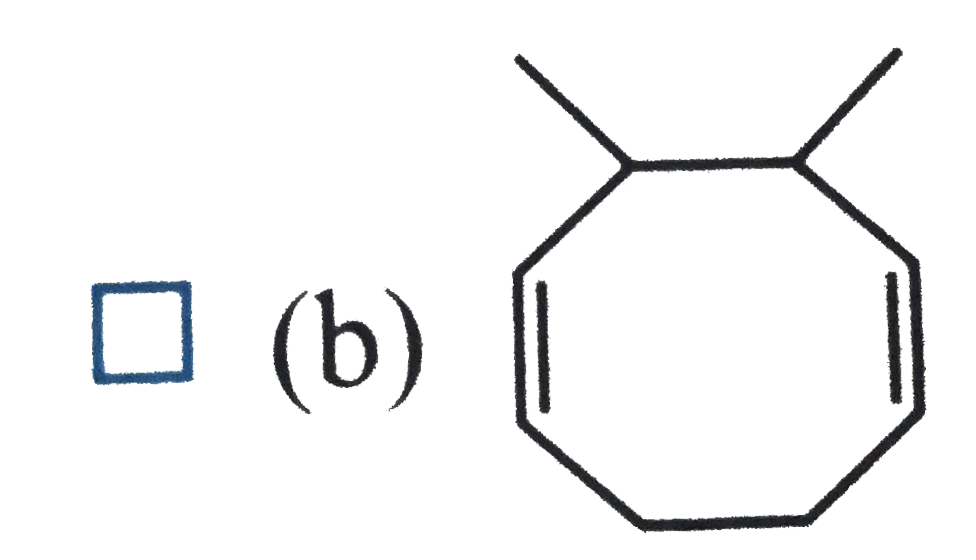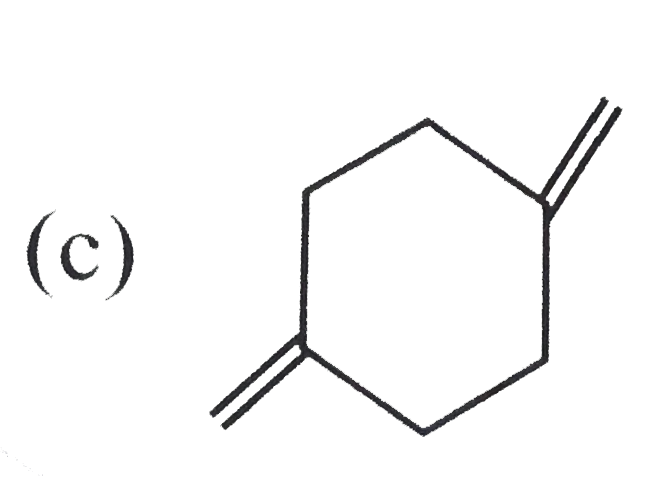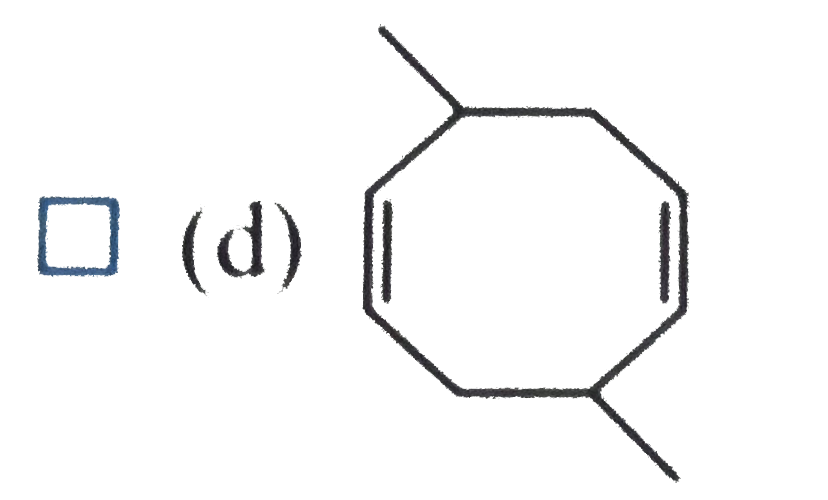A compound 'X' on ozonolysis form two molecules of HCHO. Compound 'X' is
C2H4
C2H2
C2H6
C6H6
The correct Answer is:A
To determine the compound 'X' that on ozonolysis forms two molecules of formaldehyde (HCHO), we can follow these steps:
1. Understanding Ozonolysis: Ozonolysis is a reaction where ozone (O3) is used to cleave double or triple bonds in alkenes or alkynes, resulting in the formation of carbonyl compounds (aldehydes or ketones).
2. Identifying the Product: The problem states that ozonolysis of compound 'X' produces two molecules of formaldehyde (HCHO). Formaldehyde has the structure HCHO, which indicates that the ozonolysis must break a compound into two identical parts.
3. Formulating the Structure: Since ozonolysis of compound 'X' yields two molecules of HCHO, we can deduce that 'X' must have a structure that, when cleaved, results in two carbonyl groups (aldehydes) that are both formaldehyde.
4. Considering Possible Structures: The simplest compound that can yield two formaldehyde molecules upon ozonolysis is ethyne (C2H2), which has a triple bond. When ethyne undergoes ozonolysis, it can be represented as:
C≡CO3−→2HCHO
5. Conclusion: Therefore, the compound 'X' that upon ozonolysis produces two molecules of formaldehyde is ethyne (C2H2).
Final Answer:
Compound 'X' is ethyne (C2H2).
C≡CO3−→2HCHO
Compound 'X' is ethyne (C2H2).
Topper's Solved these Questions
- HYDROCARBONBook:ERRORLESS Chapter:HYDROCARBONExercise:ORDINARY THINKING (Objective question) (ALKYNE)
Explore 120 Videos
- HYDROCARBONBook:ERRORLESS Chapter:HYDROCARBONExercise:ORDINARY THINKING (Objective question) (AROMATIC HYDROCARBON)
Explore 128 Videos
- HYDROCARBONBook:ERRORLESS Chapter:HYDROCARBONExercise:JEE SECTION (Matrix Match type questions)
Explore 6 Videos
- HALOGEN CONTAINING COMPOUNDBook:ERRORLESS Chapter:HALOGEN CONTAINING COMPOUNDExercise:Critical Thinking (Jee (Advanced) 2018)
Explore 1 Video
- IONIC EQUILIBRIUMBook:ERRORLESS Chapter:IONIC EQUILIBRIUMExercise:JS Jee Section (JEE Advanced (Numeric answer type question))
Explore 1 Video
Similar Questions
An organic compound 'X' on heating with conc. H2SO4 forms a compound 'Y' which on addition of one molecule ofhydrogen in the presence of nickel forms a compound 'Z'. One molecule of compound 'Z' on combustion forms two molecules of CO2 and three molecules of H2O. Identify, giving reasons the compounds X,Y and Z. write the chemical equations for the reactions involved.
View SolutionMonomer A of a polymer on ozonolysis yields two moles of HCHO and one mole of CH3COCHO
(a) Deduce the structure of A.
(b) Write the structure of 'all cis'-form of polymer of compound A.
View Solution
Knowledge Check
A compound "X" on ozonolysis forms two molecules of HCHO. ''X" is:
AC2H4BC2H2CC2H6DC6H6.One mole of a hydrocarbon (A) on ozonolysis gives two moles of dicarbonyl compound (A) is :
A B
B C
C D
D
An alekene X is obtained by dehydration of ann alcohol Y. X on ozonolysis gives two molecules of ethanal for every molecule of alkene. X and Y are
AX=3-hexene,Y=3-hexanolBX=2-butene, Y=2-butanolCX=1-butene, Y=1-butanolDX=1-hexane, Y=1-hexanol
Compound 'A' on chlorination gives compound 'B', compound 'B' reacts with alc. KOH gives gas 'C', which decolourise Baeyer reagent. Ozonolysis of compound 'C' gives only HCHO compound 'A' is:
View SolutionCompound X of molecular formula C4H6 takes up one equivalent of hydrogen in presence of Pt to form another compound Y which on ozonolysis gives only ethanoic acid. The compound X can be
View SolutionA compound has 20% of nitrogen by weight. If one molecule of the compound contains two nitrogen atoms, the molecular weight of the compound is
View SolutionA compound 'X' on ozonolysis followed by reduction gives an aldehyde, C2H4O and 2-butanoic. Compound 'X' is:
View SolutionWhen CH3COONa heated with solid As2O3 then compound X is formed. The smell of compound X is:
View Solution